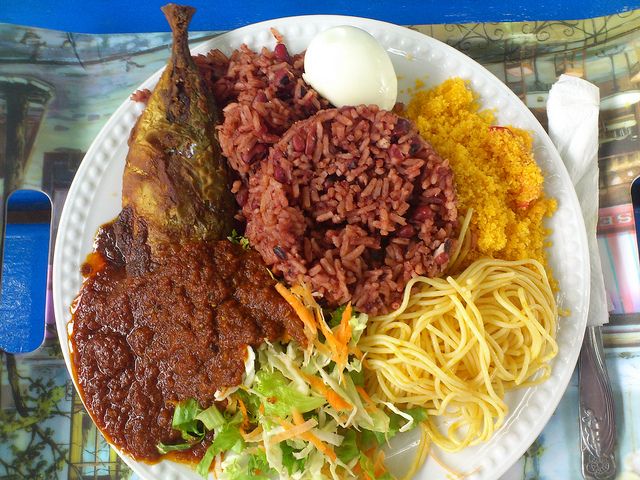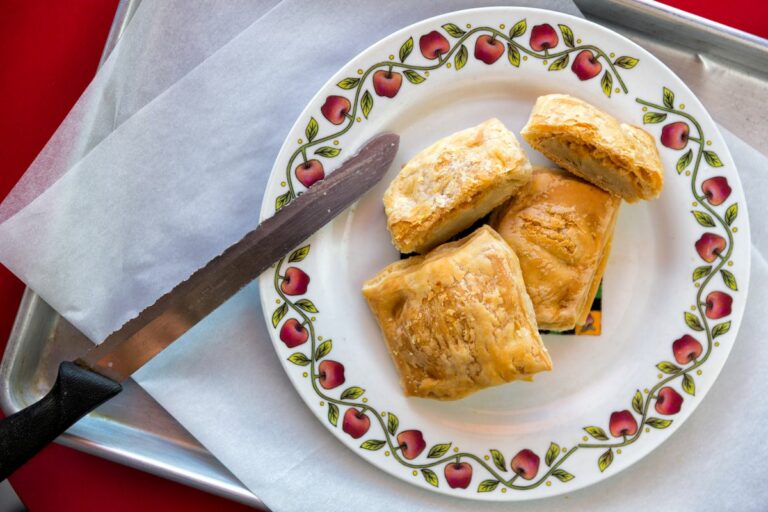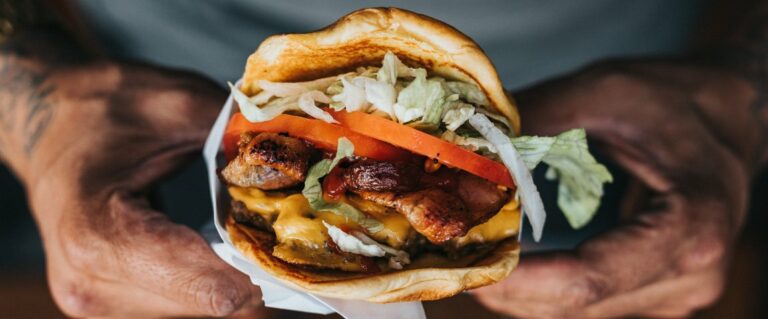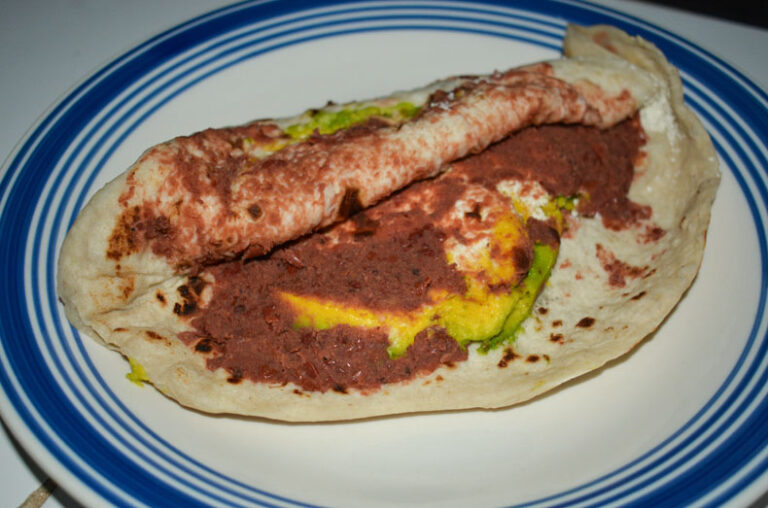Introduction: Exploring the culinary scene in Guyana
Guyana is a small country tucked between Venezuela, Suriname, and Brazil, but it has a rich cultural heritage and a vibrant culinary scene. Its cuisine is a mix of African, Indian, Chinese, European, and indigenous influences, resulting in a unique fusion of flavors, spices, and ingredients. If you’re visiting Guyana, you’ll have plenty of opportunities to sample some of its must-try dishes, from hearty stews to exotic fruits.
Top must-try dishes in Guyana
Here are some of the top must-try dishes in Guyana that will tantalize your taste buds and introduce you to a new world of flavors.
Indulge in a hearty bowl of Pepper Pot
Pepper Pot is a stew made with beef, pork, or mutton that is slow-cooked with cassareep, a thick sauce made from cassava juice and spices. The stew is flavored with cinnamon, cloves, and peppers and is usually served with bread or rice. Pepper Pot is often eaten on special occasions such as Christmas and New Year’s Day, but you can find it in some restaurants or markets year-round. It’s a comforting and filling dish that will warm you up and satisfy your hunger.
Savor the flavors of Metemgee
Metemgee is another hearty stew that originated from the indigenous people of Guyana. It’s made with a variety of root vegetables such as cassava, yams, eddoes, and plantains, as well as dumplings, salted meat, and coconut milk. The stew is simmered for hours until it becomes thick and creamy, and is often served with hot pepper sauce. Metemgee is a nutritious and flavorful dish that showcases the diversity of Guyanese cuisine.
Try the national dish, Cook-up Rice
Cook-up Rice is the national dish of Guyana, and it’s a staple in most households and restaurants. It’s a one-pot meal made with rice, beans, coconut milk, and a variety of meats such as salted beef, chicken, or pork. The dish is seasoned with thyme, garlic, onions, and hot pepper, and is often served with fried plantains and a side of salad. Cook-up Rice is a filling and satisfying dish that will give you a taste of everyday life in Guyana.
Don’t miss out on the delicious Cassava Bread
Cassava Bread is a flatbread made from cassava flour, a staple ingredient in Guyanese cuisine. The bread is crispy on the outside and soft on the inside, and is often served warm with butter or cheese. Cassava Bread can also be used as a base for sandwiches or as a side dish for stews and curries. It’s a simple but delicious bread that reflects the resourcefulness and creativity of Guyanese cooks.
In conclusion, Guyana has a rich culinary scene that offers a wide range of flavors and ingredients. Whether you’re a meat lover or a vegetarian, a spicy enthusiast or a sweet tooth, there is something for everyone to try and enjoy. So, if you’re planning a trip to Guyana, make sure to sample some of its must-try dishes and discover the richness and diversity of its cuisine.










